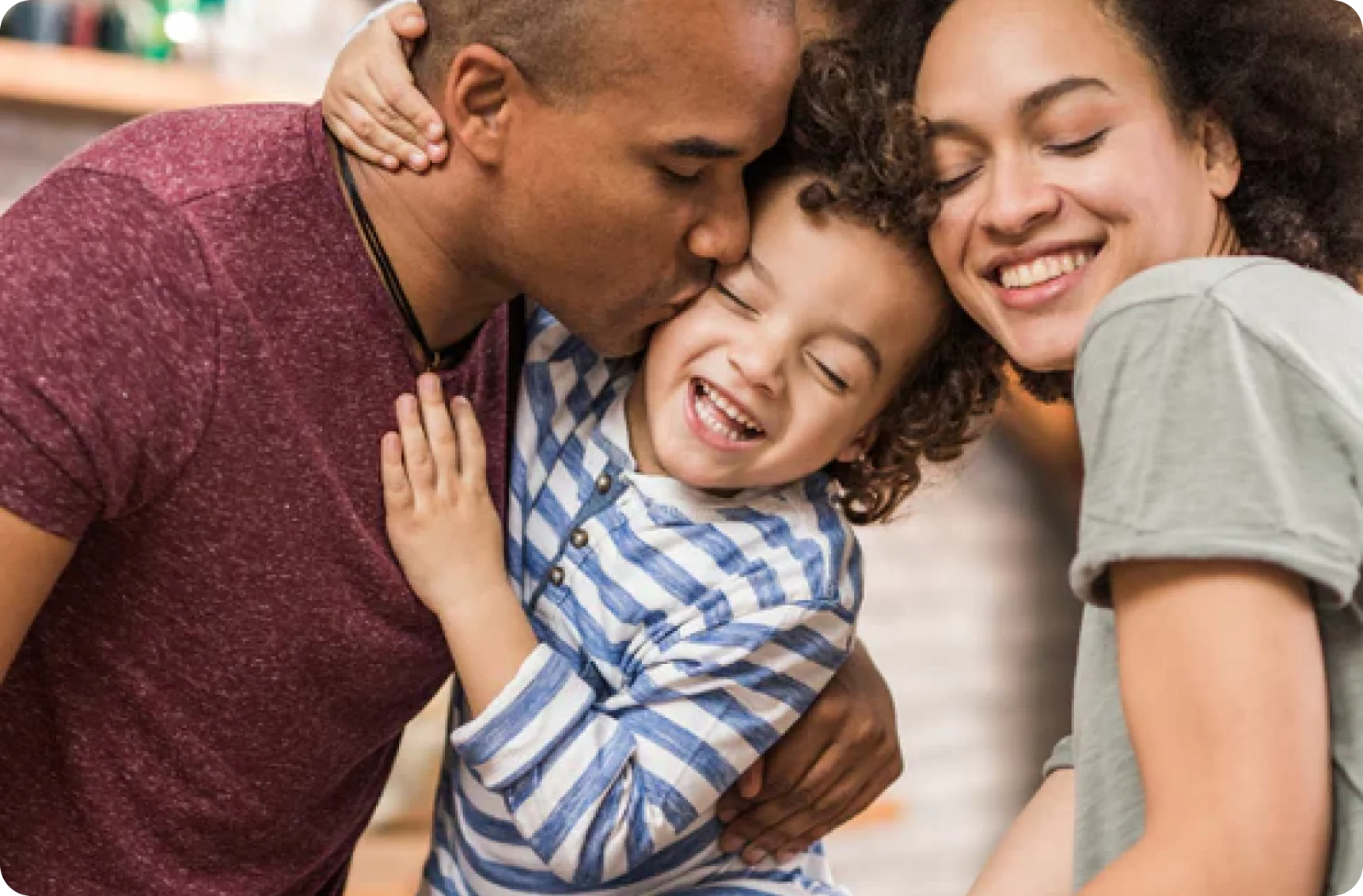As a parent, it's natural to feel overwhelmed and frustrated when your child is having a big emotion and you're at a loss for how to help them calm down. You might try reasoning with them, bribing them, threatening them, or even giving in to their demands, but as we all know, these tactics often only reinforce negative behavior and don't actually solve the problem at hand. So, what is the better way to deal with these big emotions?
"Stop acting like a baby!", "If you calm down I'll give you a treat!"
"Ok, fine. Take the iPad."
Threaten. Bribe. Give In.
Sounds familiar?
My simple trick has been to stay side by side with my child, take a few deep breaths, and model the breathing for them. But why does this work so well? It's important to understand that when a child is emotionally worked up, they are in a heightened state of fight or flight. This means that their body is preparing to either fight or flee from a perceived threat, and their brain is operating in a more primitive, reactive state. In this state, it's much harder for them to process and regulate their emotions, and they may have a harder time understanding or responding to reasoning or consequences.
Why Deep Breaths Work
That's where deep breathing comes in. When we take slow, deep breaths, it activates the parasympathetic nervous system, which is responsible for calming the body down. This can help to break the cycle of fight or flight and allow the child to start self-regulating. Additionally, when a parent models deep breathing for their child, it can have a calming effect on the child simply because they are mirroring the behavior of a trusted and loved adult. This can help the child feel more secure and supported, which can make it easier for them to regulate their emotions.
It is so hard to reason with a hysterical toddler
I've found this trick to be especially effective with toddlers who have a harder time accessing and understanding their emotions. For example, I remember one time when my toddler was hysterically crying in his crib and didn't want to go to sleep. I tried everything I could think of to calm him down, but nothing seemed to work. Eventually, I decided to try this breathing trick. I stood next to his crib and took long, deep breaths for a few minutes. To my surprise, he began to mimic my breathing and slowly calmed down.
This may seem like a small and insignificant moment, but it was a huge breakthrough for us as parents. It reminded us that sometimes the most effective way to deal with big emotions is to model healthy behavior and take a step back to let our child regulate on their own. So next time your child is struggling to calm down, try taking some deep breaths together and see if it helps!
Want to get a grip on your child's meltdowns?



